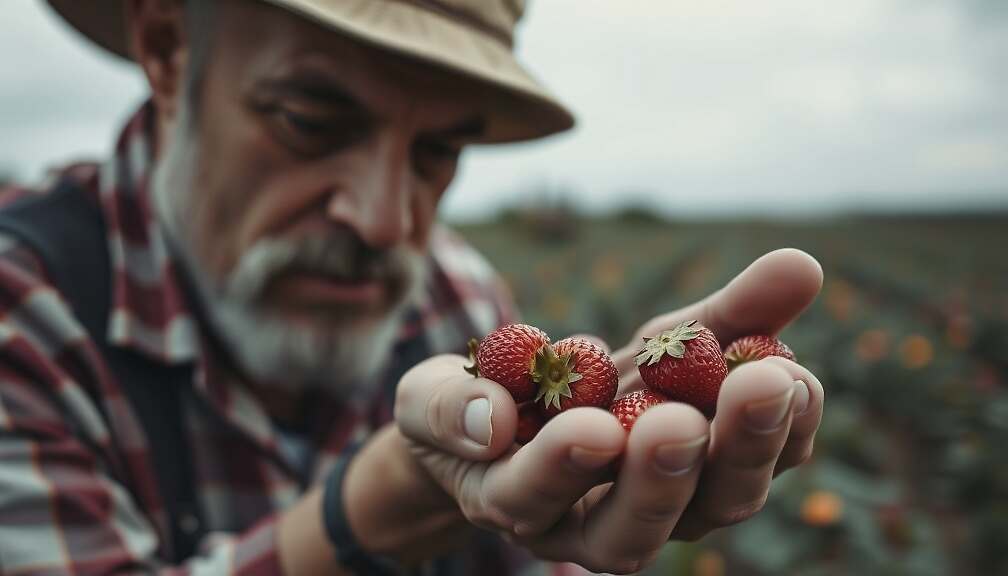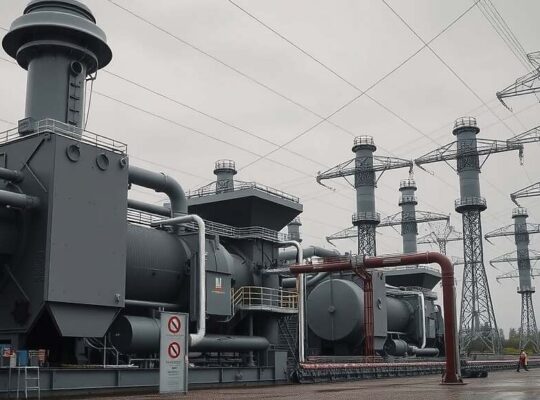Early estimates indicate a significant downturn in Germany’s strawberry and asparagus harvests for the current year, according to data released by the Statistical Federal Office (Destatis).
The projected strawberry harvest from open-field cultivation is estimated at 75,500 tonnes. This would represent the lowest yield since 1995, when 68,800 tonnes were recorded. The current projection is four percent lower than the already reduced 2024 harvest of 78,600 tonnes and considerably below the average yield of the 2019-2024 period (99,900 tonnes), marking a decrease of 24%. A key contributing factor to this decline is the ongoing reduction of productive land dedicated to open-field strawberry cultivation, shrinking by four percent compared to the previous year to 8,100 hectares – the lowest level since 1995. Increased production costs and broader price developments, combined with a softening demand for this premium fruit, are cited as reasons for the decrease in domestic strawberry production. North Rhine-Westphalia is expected to yield the largest strawberry harvest (18,600 tonnes), followed by Lower Saxony (17,800 tonnes) and Baden-Württemberg (11,800 tonnes).
Similarly, asparagus yields are also anticipated to be lower. The projected harvest is estimated at 98,900 tonnes, representing a nine percent decrease from the previous year and the lowest level since 2010. This figure also falls significantly below the six-year average of 116,300 tonnes, reflecting a 15 percent reduction. Like strawberry producers, asparagus farmers have also scaled back production areas due to rising costs and diminished demand. Certain regions experienced harvest failures attributable to severe drought conditions in the spring.
Lower Saxony is projected to be the largest asparagus-producing region with 19,700 tonnes, trailed by Brandenburg (18,700 tonnes), North Rhine-Westphalia (17,300 tonnes) and Bavaria (17,200 tonnes), according to Destatis.












